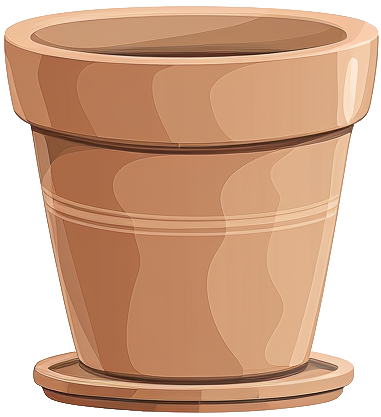- aglaonema
- 'moonlight bay'

aglaonema
'moonlight bay'
'moonlight bay'
Care level
Easy
Popularity
Niche
Variegation
Splashed pattern
This variety is distinguished by its foliage, which presents a three-toned pattern featuring a dark green base with two shades of lighter gray-green, one concentrated around the leaf's center and the other tracing the veins. 'Moonlight Bay' exhibits a somewhat upright and arching growth habit, and its stems and the stalks of its leaves each display two distinct colors.
Care & maintenance
Light
All areas of your interior that are roughly equidistant between shade and sun. These areas benefit from slight brightness throughout the day.
Temperature
Wide range (50°F - 95°F)
Fertilization frequency
Moderate
Monthly during the growing period.
Soil
Choose a Tropical plant mix: A rich, moisture-retentive blend with good aeration. Mimics the natural forest floor environment of tropical regions.
If you want to create your own substrate, you can make a mixture of the following soils:








Click on the soil name for more information.
Pot

Standard size
Prefer a pot with a classic width/depth ratio.
Incorrect or incomplete information?
In our goal of building the best plant database, we sometimes make mistakes or have incomplete information. You can help us fill these gaps!
Features
Size & growth
Medium
Upright
Moderate growth
This plant grows at a moderate rate. It can reach 1 to 3 feet in height or spread.
It grows upwards without support.
Toxicity
| Cat | |||
|---|---|---|---|
| Dog | |||
| Human |
Reproduction & propagation
Fruits & flowers
Non-flowering & not self-pollinating
The aglaonema moonlight bay cannot produce flowers and therefore fruits.
This plant is not capable of self-pollination, it will not be able to produce fruits if it is not pollinated by another individual.
